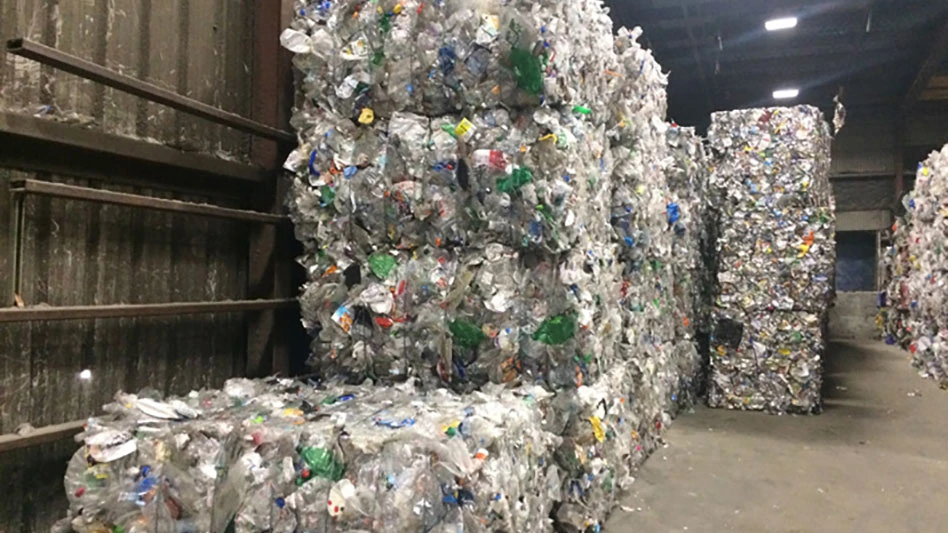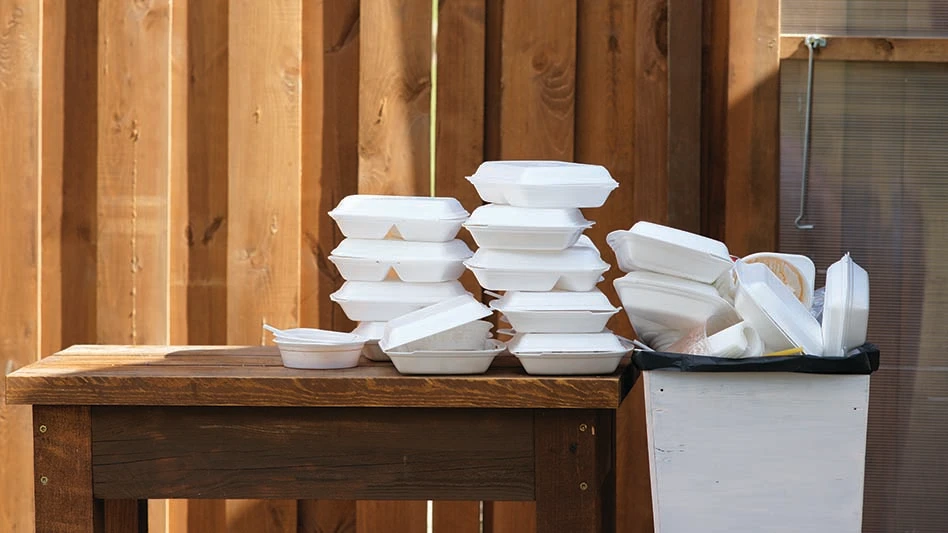Getting the Lead Out
Even though lead-based paint has not been on the market for some time, its legacy lives on. Along with the real estate industry, demolition contractors are among those who must continue to comply with new and existing regulations concerning lead paint.
In late 1998, the U.S. EPA introduced for review and public comment a new draft regulation concerning the handling of debris containing lead paint. As drafted, the regulation contains a number of points that are indeed drawing comments.
"It declares that architectural components with lead-based paint cannot be recycled," according to Michael Taylor, executive director of the National Association of Demolition Contractors, Doyles-town, Pa. In addition to affecting the waste wood stream, the regulation would also put a crimp in the concrete recycling industry. "Think about the volume of concrete that has lead-based paint in it or on it," says Taylor, referring to large, older industrial and commercial buildings from which concrete is often recovered and recycled. "We have concerns about this huge sub-industry of concrete crushing that would be affected," he adds.
Taylor is hopeful that his organization and other trade groups can convince the EPA to reexamine the wisdom of burying the large stream of materials that could otherwise be recycled. "We’re talking about an infinitesimal amount of lead in a large amount of concrete," he notes. "Plus, as sub-base, it’s usually under several inches of other material. It’s not likely to pose a risk to the public health and the environment," Taylor adds.
Bob Brickner, senior vice president of Gershman, Brickner & Bratton, Fairfax, Va., believes that if the regulation were adopted, it would be a bad deal for many in the construction and demolition industries. "Lead-based paint tends to be in old buildings in large cities, and C&D landfills tend not to be located in these urban areas," he says. "So you’ll have to take C&D debris further, depending on where the C&D landfills are and what states want to do with it. This could increase the costs to haul and manage the material."
Taylor notes that "there is a scrap metal exemption" within the regulation. "We know the scrap industry had to lobby to get that exemption; we’re prepared to do that for concrete," he states.
Those in the concrete recycling segment have until April 2 to pass their comments on to the EPA. "There are a lot of big concrete crushing companies that need to let the EPA know the trouble this can cause," says the NADC’s Taylor.

Explore the August 2001 Issue
Check out more from this issue and find your next story to read.
Latest from Recycling Today
- GFL opens new MRF in Edmonton, Alberta
- MTM Critical Metals secures supply agreement with Dynamic Lifecycle Innovations
- McClung-Logan Equipment Company joins Tana’s authorized dealer network
- Grede to close Alabama foundry
- Plastics Recycling Conference 2025: Working toward their targets
- SWACO rolls out new commercial recycling and food waste programming
- Updated: Matalco to close Canton, Ohio, plant
- Metso launches electric Anode Weighing and Casting Machine





